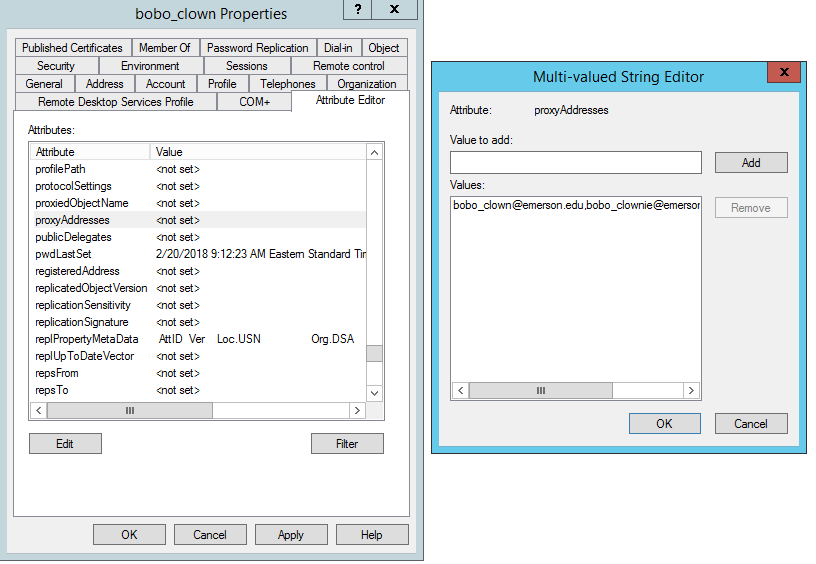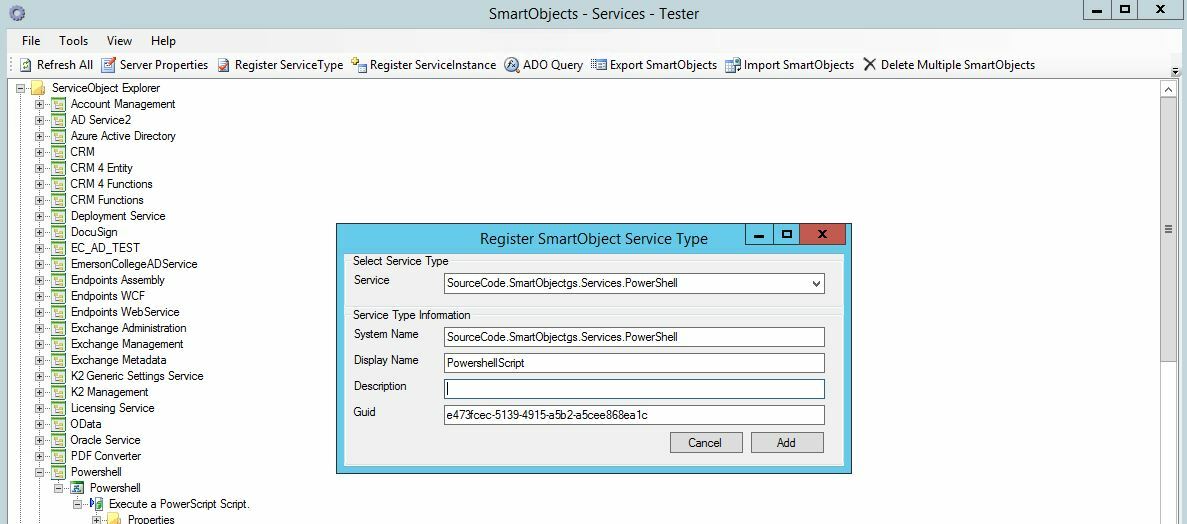Hello Everyone.
We are using the Dynamic Active Directory Service:
http://community.k2.com/t5/K2-blackpearl/Dynamic-Active-Directory-Service/ba-p/869
We added many additional fields to allow us to create/update AD records more effectively.

Whats happening then, is our sync to Gmail takes place, trying to add the new aliases but its not parsing the two emails properly as it would if it were on separate lines as shown prior. How do I deal with this issue? Is there a special format or way to pass this so the multi-value field handles it correctly when loading to AD?
Thanks for all help.




